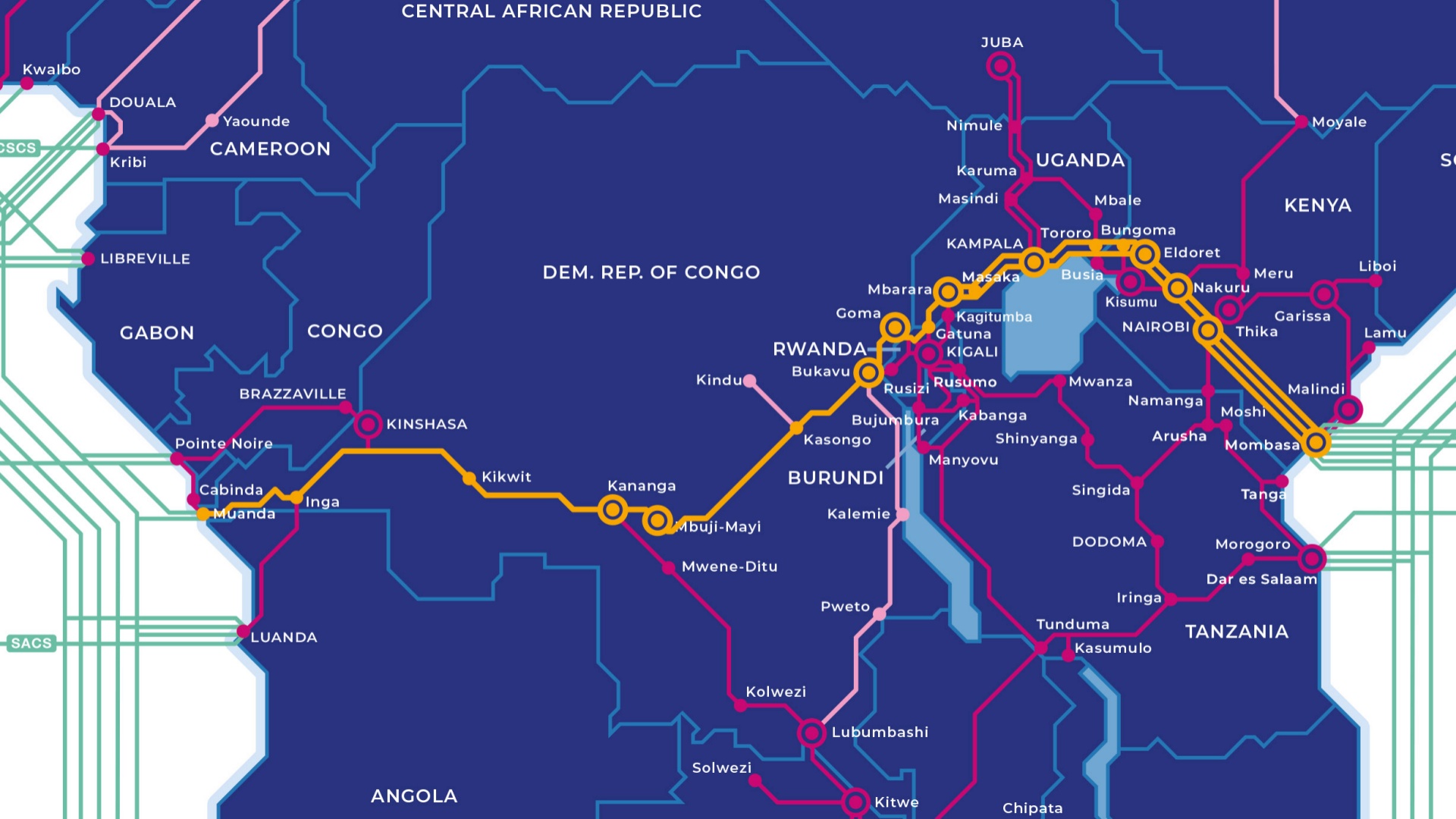- Liquid Dataport has announced the launch of the “shortest route” of fibre connecting the East and West Coast of Africa.
- The 3 800km route will connect Mombasa in Kenya to Muanda in the DRC.
- It is expected to reduce data transmission latency by 20 milliseconds.
Liquid Dataport, which is a business that falls under the Liquid Intelligent Technologies (LIT) banner, has announced the launch of the “shortest fibre route” connecting the East Coast of Africa to the West Cost.
The new route measures roughly 3 800 kilometres and connects the city of Mombasa in Kenya to Muanda in the Democratic Republic of Congo, and is expected to reduce data transmission latency by 20 milliseconds.
“The much anticipated 3,800km route marks a new era in East-West connectivity on the continent, adding to Liquid’s One Africa Digital Network, which now spans 110,000 km,” highlighted Liquid in a press release sent to Hypertext.
“The fibre route connects Kenya and DRC, passing through Uganda and Rwanda and bringing more reliable and affordable broadband connectivity to over 40 million people living and working in all the major cities along the route. The latest route complements Liquid’s earlier achievement, already a first, in 2019, linking Dar Es Salaam to Muanda on the West Coast of DR Congo via Zambia,” it added.

Liquid Dataport says the new East-West route will enable its customers to take advantage of capacities ranging from 1Mbps to 100 000Mbps. On top of this the company says it will enable cloud supplier redundancy with access to multiple data centres and cable landing stations, which should ensure maximum uptime in most cases.
“The real challenge today is closing the access-usage gap in Africa so that more Africans can use the internet technologies available to them, now and in the future. This East-West route which compliments our existing Pan Africa fibre network, is significant because it is helping to solve that problem – it not only brings global traffic to the continent but also improves the cost economics of Africa’s broadband Internet access,” added Hardy Pemhiwa, president and Group CEO of LIT.
“The Mombasa-Muanda route will help global organisations looking for Internet resiliency avoid the Red Sea and Europe routes which have become bottlenecks for global internet traffic, and will provide faster fibre connectivity to landlocked countries on the African continent, creating significant attractiveness for growing connectivity hubs in Kenya and DRC,” the company concluded.

